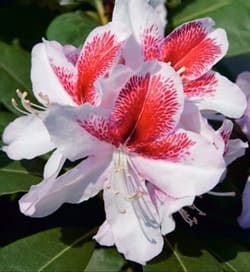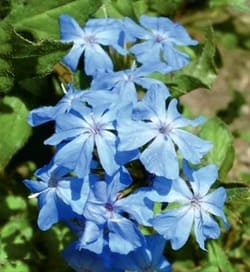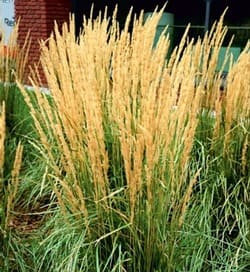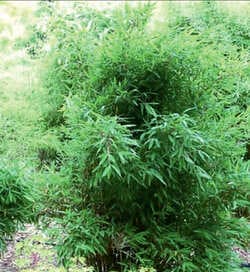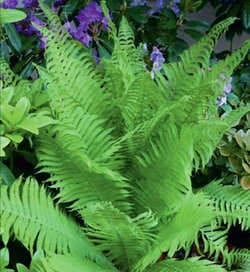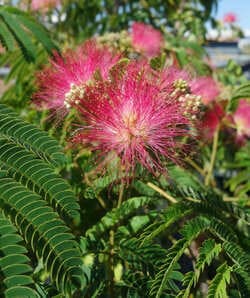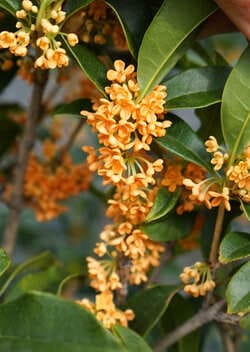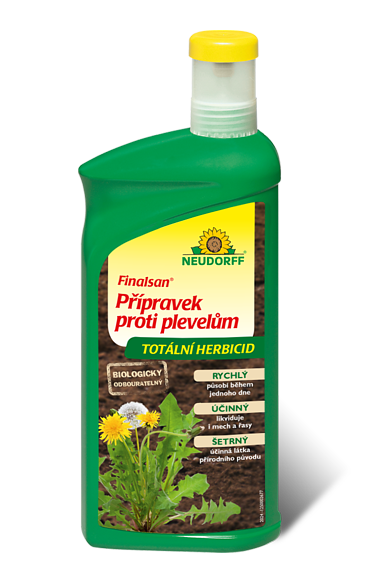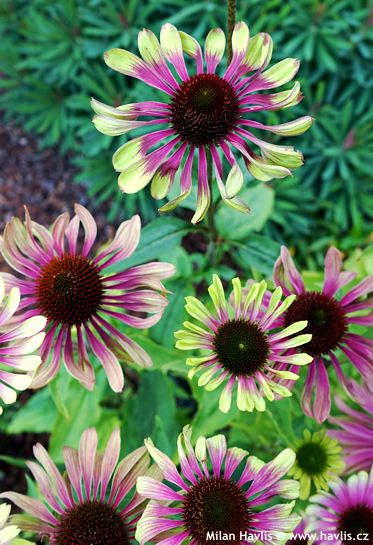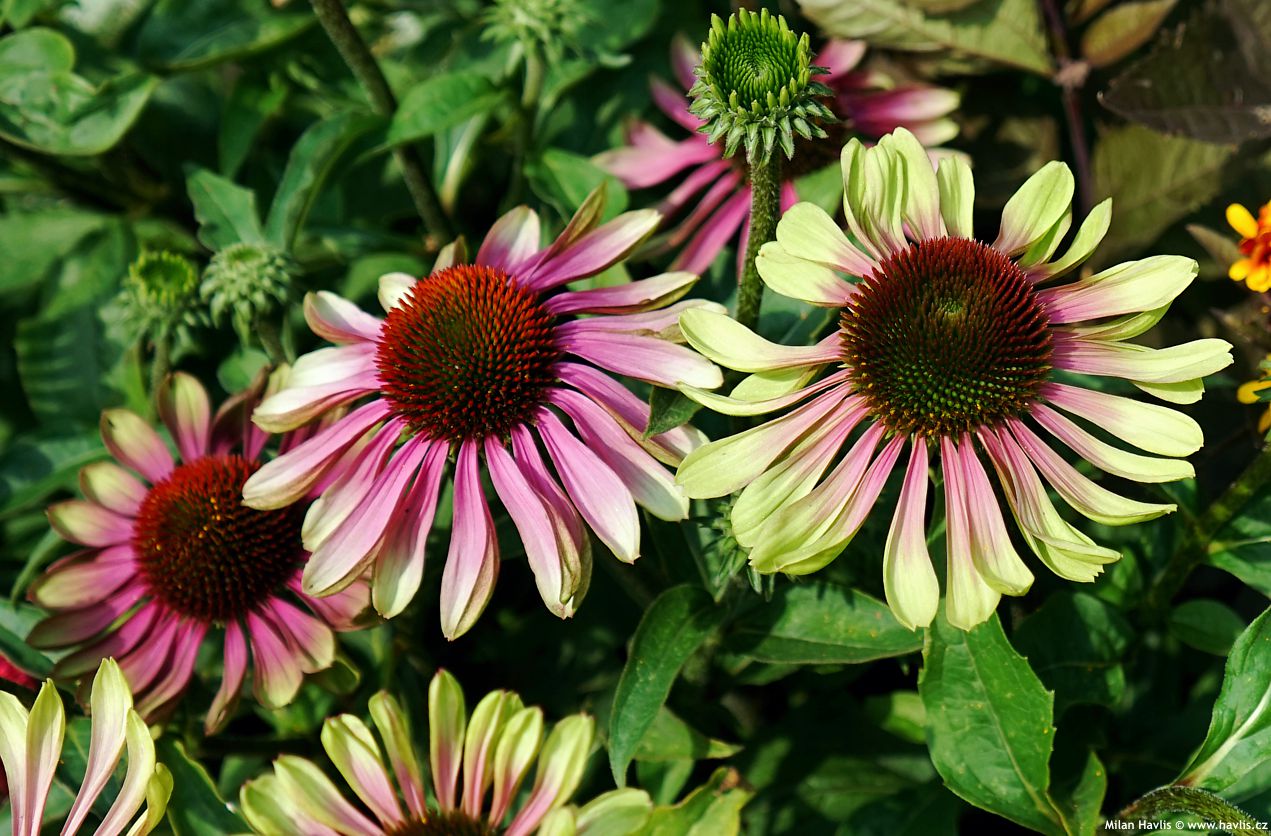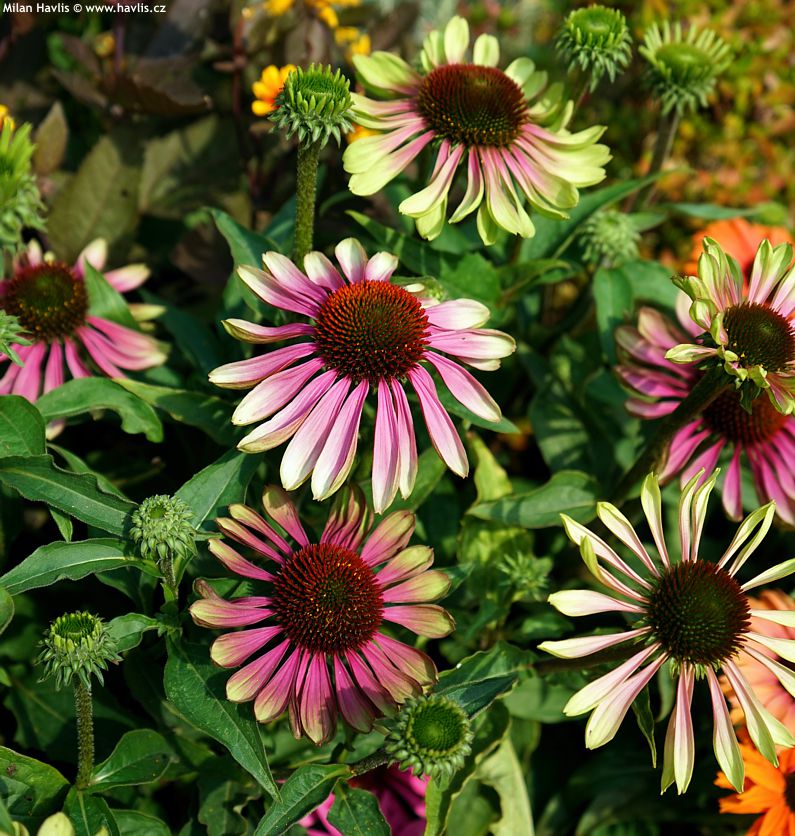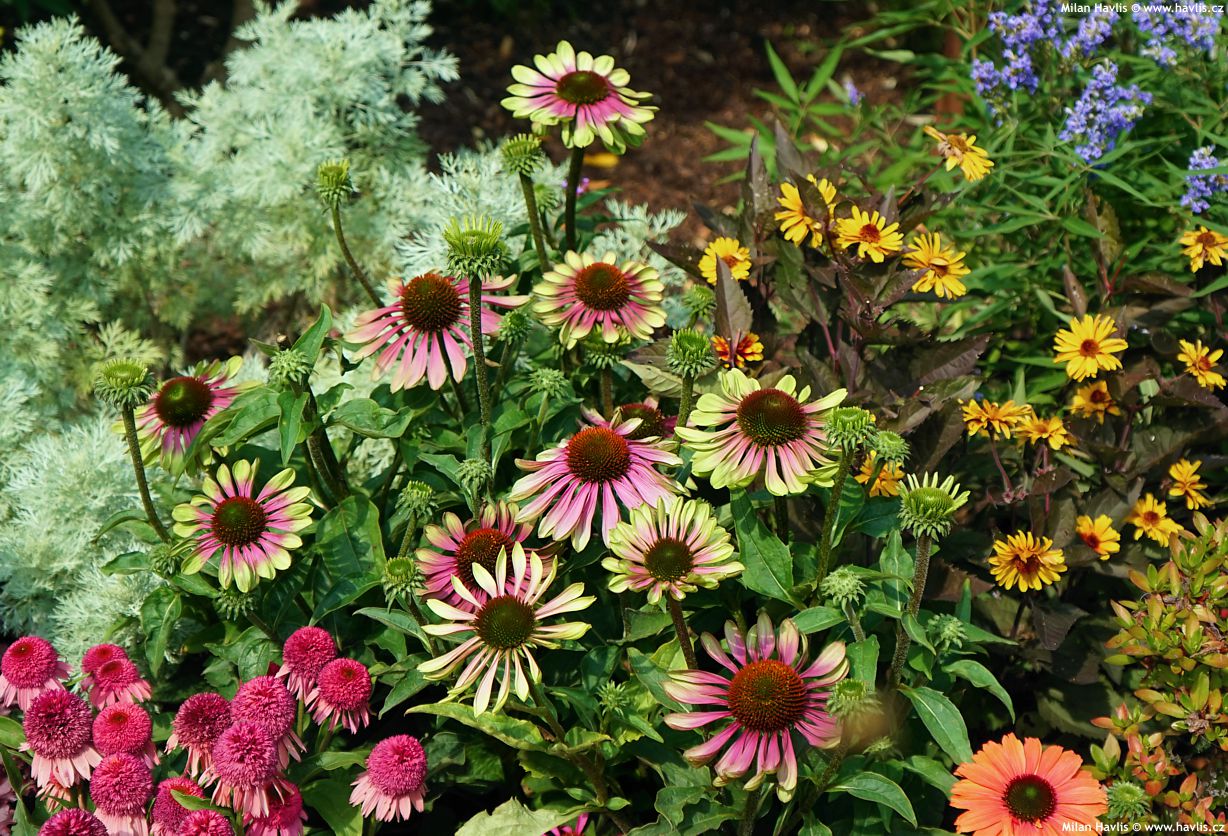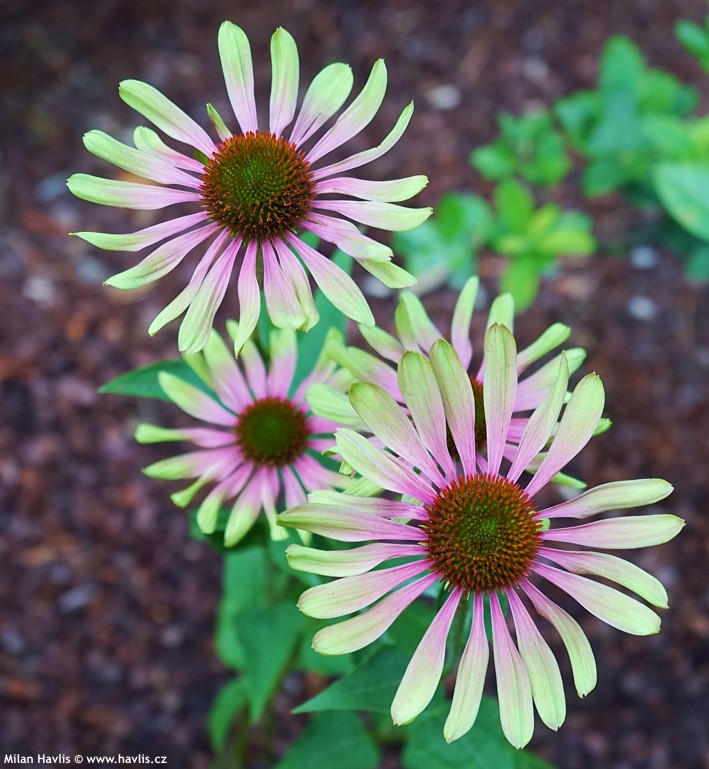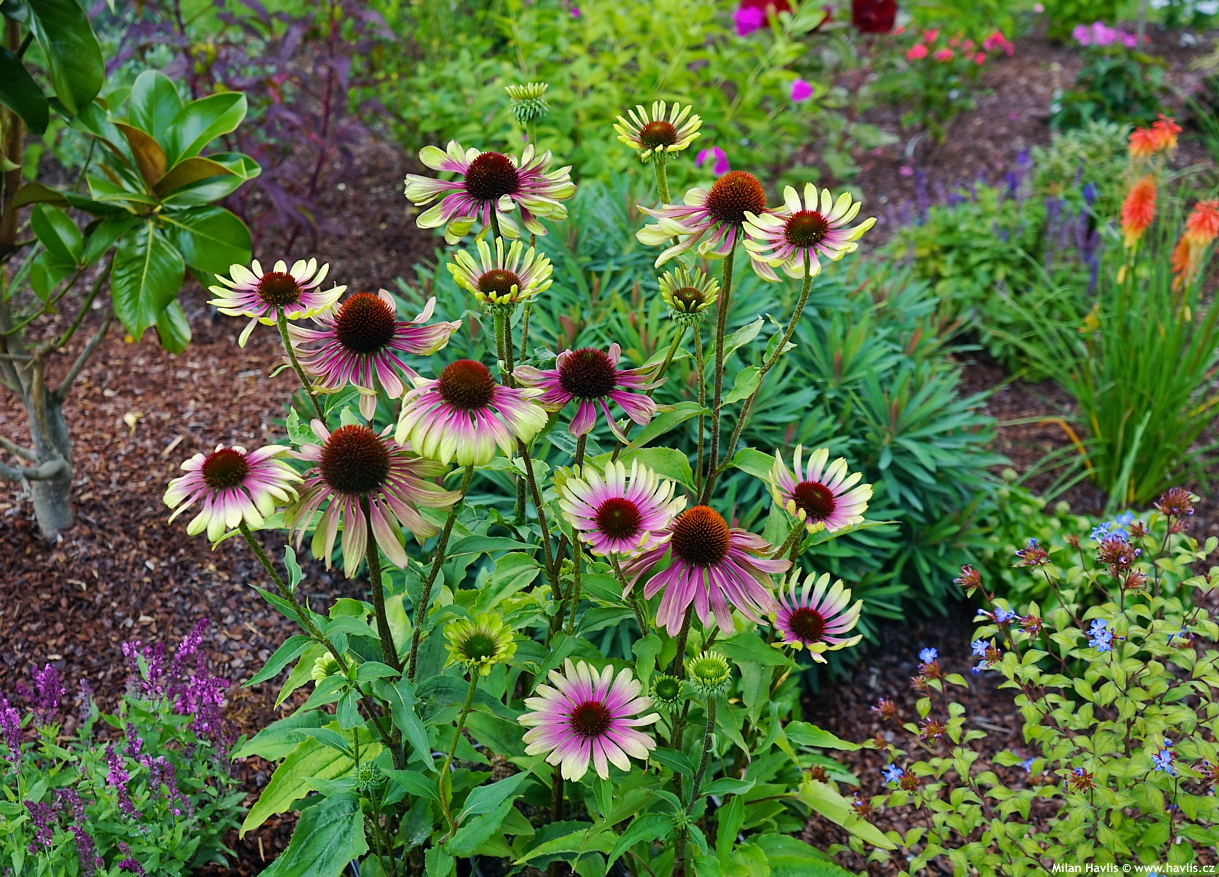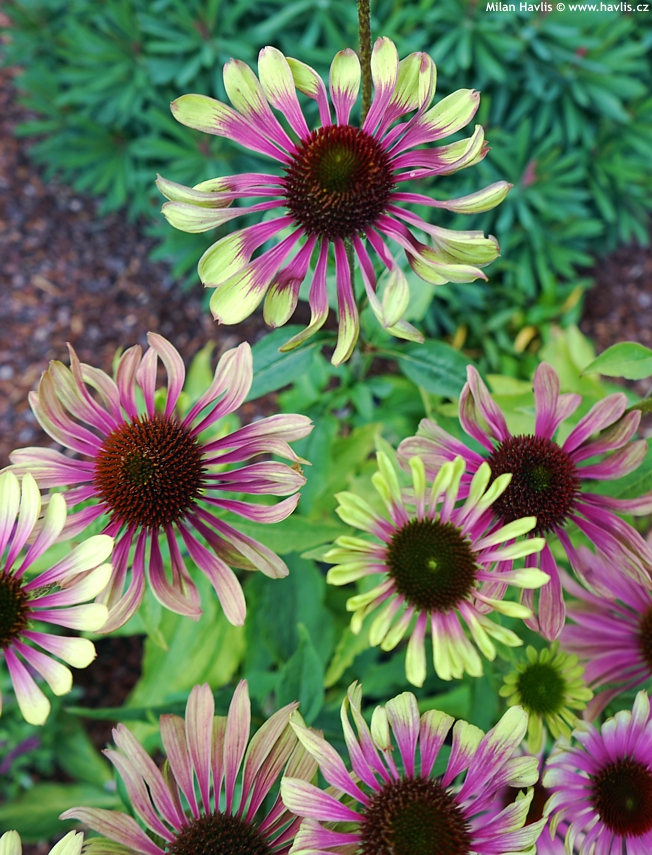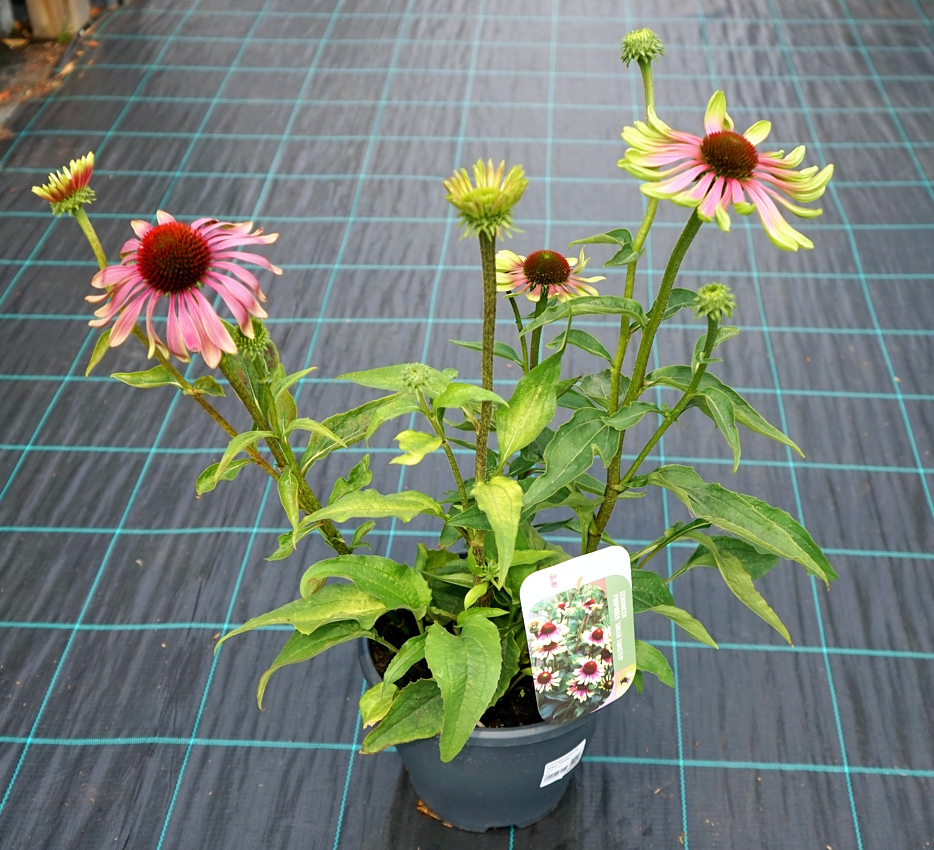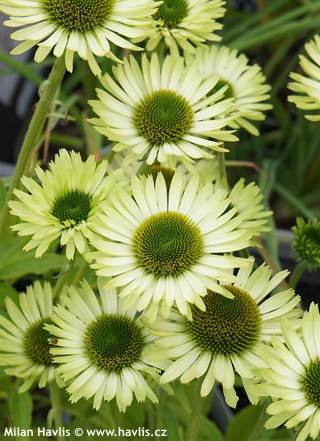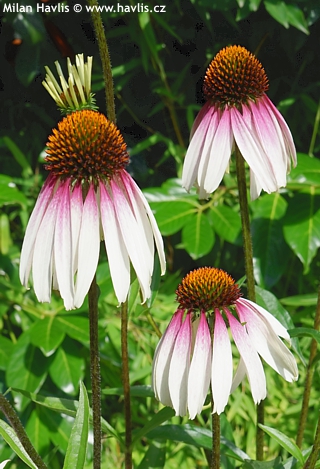Echinacea purpurea 'GREEN TWISTER' purple coneflower
Echinacea
Echinacea, known by its common name coneflower, is a perennial plant of the North American prairies, where it has thrived for thousands of years. Fossil pollen from related members of the daisy family has been found in sediments millions of years old, meaning its foremothers grew on this continent long before the arrival of humans. The Indigenous peoples of America (including the Sioux, Comanche, and others) knew its medicinal properties and used it to relieve pain, treat inflammation, snakebites, and even rabies. The genus name comes from the Greek echinos – hedgehog – referring to the spiny, cone-shaped centre of the flower head.
Today, about nine species are recognized, the most common in cultivation being E. purpurea, along with E. paradoxa, E. pallida, and E. angustifolia. It was botanically described by the German botanist Konrad Mönch (aka Conrad Moench, 1744–1805) based on herbarium material brought to Europe by missionaries and naturalists from American expeditions. Echinacea reached Europe at the turn of the 18th and 19th centuries, but its true explosion of colour came in 1995, when E. purpurea was crossed with E. paradoxa at the Chicago Botanic Garden. The result was the very first orange cultivar named Art’s Pride, which sparked an era of vividly coloured varieties in shades ranging from delicate pastels to rich, warm tones.
When the first coneflower variety with green blooms was introduced to the world, it sparked a wave of excitement — though at first, it didn’t seem that way. A perfect example is the story of Green Twister from the German company Jelitto. Amusingly, when company director Georg Ubelhart first spotted it as a green-flowering mutation in a field of the pink variety Magnus, he ordered all the plants to be pulled up and burned, assuming it was caused by a virus. The year was 1998. A few years later, the first successful green varieties, Green Envy and Green Jewel, appeared on the market and became a huge hit. When Ubelhart learned about them, he was furious with himself for not giving his own plants a chance. Fortunately, his disappointment didn’t last long — Magnus readily mutates to green, and unlike the original pink form, this colour does not revert. Before long, he had enough material to propagate and register a new variety, which he named Green Twister.
Green Twister is a strong, healthy coneflower cultivar with no genetic modification. It produces sturdy stems up to a metre tall, topped with extravagant, large, fragrant blooms 10–12 cm across, from July to the end of September. The flowers are bicoloured — deep pink at the centre, fading to lime- to apple-green towards the tips. It makes a striking addition to a mixed border alongside white or magenta perennials such as baby’s breath or gaura, which complement its unusual look. The leaves are lance-shaped, deep green, and rise along the upright stems. The variety was first introduced in 2017.
Coneflowers are beautiful, low-maintenance perennials that bloom from the first half of summer until autumn. The central discs hide nectar eagerly sought by butterflies and bumblebees. Regular deadheading, along with occasional feeding with liquid fertilizers, will extend the flowering season. Their stems are very sturdy, withstanding heavy rain and wind. They will grow in almost any well-drained, non-waterlogged soil in full sun, but dislike overly acidic conditions. Although native to the prairies, experience shows that hybrid types in particular dislike prolonged drought and appreciate extra watering during the driest parts of the year. In spring, watch out for slug invasions, which can consume much of the fresh growth – offering them beer traps is a great and effective way to lure them to a boozy demise while protecting your plants. Hardy to at least -34 °C (USDA zone 4) and requiring no winter protection.
Last update 29-08-2019; 20-08-2025
Goods are shipped all over Europe. For Russia and U.K. and for further details please read about SHIPPING OPTIONS HERE.
Are you interested in a serious discount for orders NOV-FEB? Check your options here.
THE PRICES INCLUDE VAT of 15%. For quick conversion you can use 1 CZK = approx. 0.04 EUR
- STANDARD QUALITY - Plants of this group are 1st class quality with number of branches and overall density adequate to their size and age, considering they were container grown.
- DE LUXE QUALITY - This label guarantees a luxurious quality of manually selected plants that, compared to their height and age, are exceptionally dense and beautiful.
- EXTRA - These plants are usually mature and bigger specimens with exceptional overall appearance.
- STANDARD (as described in the plant form) means a tree with a trunk of 190-210 cm and a crown at the top, unless specified differently. The commercial size for trees is their girth measured in the height of 1m from ground.
- HOBBY - These plants are of the same quality as our standard-quality plants but younger and therefore cheaper.
- SHRUB - a woody plant with branches growing bushy from the ground level.
- HALF-STANDARD or MINI-STANDARD - a small tree with shorter trunk, its size is usually specified.
- FEATHERED - These are trees with branches growing already from the base of the trunk and up along the stem.
- GRASSES and PERENNIALS - Sizes given usually read the diameter of the pot or the clump, as specified.












